Innovation in Early Childhood: Integrating STEM from the Area of Mathematics for Significant Improvement
Resumen
Integrating STEM (Science, Technology, Engineering, and Mathematics) education in early nonage is pivotal for equipping children with the chops demanded for a technology- driven and wisdom- acquainted world. This approach nurtures critical thinking, problem- working capacities, and creativity from a youthful age. The composition delves into colorful styles for weaving STEM into early nonage classes, similar as hands- on conditioning, cooperative systems, and the use of arising technologies. These strategies help children grasp and explore STEM generalities in a palpable and engaging way, leading to a deeper and further lasting understanding. also, the benefits of early STEM integration are bandied, noting how it can spark children's interest in lores and boost their academic performance in these subjects. Through STEM education, scholars also acquire essential life chops like collaboration and rigidity, which are vital in our ever-evolving world. The composition high- lights how STEM education can help close gender and equity gaps, encouraging further girls and scholars from different backgrounds to get involved in STEM fields. still, the perpetration of STEM in early nonage education comes with its challenges. One significant chain is the need for adequate schoolteacher training. numerous early nonage preceptors may not have a strong background in STEM subjects, making it delicate to educate these motifs effectively. also, furnishing the necessary coffers and technological structure is essential for easing STEM integration in the class- room. Without access to applicable STEM tools and accoutrements, conducting meaningful conditioning and systems becomes grueling. The composition wraps up with recommendations for effectively enforcing STEM in early child- hood education. These include developing ongoing professional development programs for preceptors, creating learning surroundings rich in STEM resources, and promoting educational programs that support STEM addition in early training. Beforehand childhood STEM education not only prepares scholars for unborn careers in these fields but also builds a strong foundation of essential life chops, contributing to a further inclusive and indifferent education system.
Descargas
Citas
Bernal Párraga, A. P., Baquez Chávez, A. L., Hidalgo Jaen, N. G., Mera Alay, N. A., & Velás-quez Araujo, A. L. (2024). Pensamiento Computacional: Habilidad Primordial para la Nueva Era. Ciencia Latina, 8(2), 5177–5195.
Bers, M. U. (2018). Coding as a playground: Programming and computational thinking in the early childhood classroom. Routledge.
Bers, M. U., & Horn, M. (2010). Tangible programming in early childhood: Revisiting develop-mental assumptions through new technologies. High-Tech Tots. 49–70.
Blackley, S., & Howell, J. (2015). A STEM narrative: 15 years in the making. Aust. J. Teach. Educ., 40(40).
Braun, V., & Clarke, V. (2006). Using thematic analysis in psychology. Qual. Res. Psychol., 3(2), 77–101.
Bybee, R. W. (2013). The Case for STEM Education: Challenges and Opportunities. NSTA Press.
Campbell, T., Oh, P. S., Shin, M., & Zhang, D. (2010). Classroom environments and elementary students’ views of science. International Journal of Science Education, 32(5), 583–608.
Chiu, J. L., & Linn, M. C. (2014). Supporting knowledge integration in chemistry with a visuali-zation-enhanced inquiry unit. J. Sci. Educ. Technol., 23(1), 37–58.
Clements, D. H., & Sarama, J. (2011). Early childhood mathematics intervention. Science, 333(6045), 968–970.
Cohen, E. H. (2006). Research in religious education: Content and methods for the postmodern and global era. Relig. Educ., 101(2), 147–152.
Creswell, J. W., & Poth, C. N. (2017). Qualitative Inquiry and Research Design: Choosing Among Five Approaches.
English, L. D. (2016). STEM education K-12: perspectives on integration. Int. J. STEM Educ., 3(1).
Field, A. p. (2018). Discovering Statistics Using IBM SPSS Statistics. 5th Edition, Sage, Newbury Park. - references - scientific research publishing. In Scirp.org.
Flick, U. (2022). An Introduction to Qualitative Research. In Torrossa.com.
Hachey, A. C. (2013). Early childhood mathematics education: The critical issues. Early Educa-tion and Development, 24(4), 443–453.
Honey, M., Pearson, G., & Schweingruber, H. (2014). STEM integration in K-12 education: Sta-tus, prospects, and an agenda for research. National Academies Press.
Hwang, G.-J. (2014). Definition, framework and research issues of smart learning environments: a context-aware ubiquitous learning perspective. Smart Learning Environments, 1(1), 1–14.
Kim, D., Park, I., & Baek, J. (2015). The Effects of Scientific Creativity on Science Achieve-ment and Scientific Attitudes. The Effects of Scientific Creativity on Sci-Ence Achieve-ment and Scientific Attitudes. *Journal of Science Education and Technology, 24(6), 734–746.
Krause, D., & Denzin, N. K. (1989). The research act: A theoretical introduction to sociological methods. Teach. Sociol., 17(4), 500.
Li, Y., & Ma, X. (2010). A meta-analysis of the effects of computer technology on school stu-dents’ mathematics learning. Educational Psychology Review, 22(3), 215–243.
Linder, S. M., Emerson, A. M., Heffron, B., Shevlin, E., & Vest, A. (2016). STEM use in early childhood education: Viewpoints from the field. Early Childhood Education Journal, 44, 43–52.
Ma, Y., & Williams, D. (2013). A cross-national comparison of science curricula in China and the United States: A perspective from the results of TIMSS 2011. International Journal of Science Education, 35(7), 1069–1092.
Quisaguano Caiza, Y. E., & Aguilar Barriga , P. R. (2024). Diseño de un Proyecto de Innovación Educativa en Biología Celular: Recursos Educativos Abiertos y Aprendizaje Basado en Juegos. Estudios Y Perspectivas Revista Científica Y Académica , 4(1), 2669–2684. https://doi.org/10.61384/r.c.a.v4i1.219
Albán Pinzón , J. V. (2024). Actualizaciones en El Manejo de la Hiperuricemia en el Primer Nivel De Atención. Revista Científica De Salud Y Desarrollo Humano, 5(2), 130–153. https://doi.org/10.61368/r.s.d.h.v5i2.125
Quisaguano Caiza, Y. E., & Aguilar Barriga , P. R. (2024). Diseño de un Proyecto de Innovación Educativa en Biología Celular: Recursos Educativos Abiertos y Aprendizaje Basado en Juegos. Estudios Y Perspectivas Revista Científica Y Académica , 4(1), 2669–2684. https://doi.org/10.61384/r.c.a.v4i1.220
Martínez, O., Aranda , R., Barreto , E., Fanego , J., Fernández , A., López , J., Medina , J., Meza , M., Muñoz , D., & Urbieta , J. (2024). Los tipos de discriminación laboral en las ciudades de Capiatá y San Lorenzo. Arandu UTIC, 11(1), 77–95. Recuperado a partir de https://www.uticvirtual.edu.py/revista.ojs/index.php/revistas/article/view/179
v, H., & Quispe Coca, R. A. (2024). Tecno Bio Gas. Horizonte Académico, 4(4), 17–23. Recuperado a partir de https://horizonteacademico.org/index.php/horizonte/article/view/14
Da Silva Santos , F., & López Vargas , R. (2020). Efecto del Estrés en la Función Inmune en Pacientes con Enfermedades Autoinmunes: una Revisión de Estudios Latinoamericanos. Revista Científica De Salud Y Desarrollo Humano, 1(1), 46–59. https://doi.org/10.61368/r.s.d.h.v1i1.9
Maltese, A. V, & Tai, R. H. (2011). Pipeline persistence: Examining the association of educa-tional experiences with earned degrees in STEM among US students. Science Education, 95(5), 877–907.
Margot, K. C., & Kettler, T. (2019). Teachers’ perception of STEM integration and education: a systematic literature review. Int. J. STEM Educ., 6(1).
Master, A., Cheryan, S., & Meltzoff, A. N. (2017). Social group membership increases STEM engagement among preschoolers. Dev. Psychol., 53(2), 201–209.
Merriam, S. B. (2014). Qualitative research: A guide to design and implementation (2nd ed.). Jossey-Bass.
Nadelson, L. S., & Seifert, A. (2017). Integrated STEM defined: Contexts, chal-lenges, and the future. *Journal of Educational Research and Practice, 7(2), 13–24.
National Science Board. (2022). The U.S. Must Improve K-12 STEM Education for All. In Nsf.gov.
Papadakis, S., Kalogiannakis, M., & Zaranis, N. (2018). Educational apps from the Android Google Play for science education. Education and Information Technologies, 23, 1849–1871.
Patton, M. Q. (2015). Qualitative Research & Evaluation Methods: Integrating Theory and Prac-tice.
Roehrig, G. H., Kruse, R. A., & Kern, A. (2007). Teacher and school characteristics and their influence on curriculum implementation. J. Res. Sci. Teach., 44(7), 883–907.
Stoet, G., & Geary, D. C. (2018). The gender-equality paradox in STEM educa-tion. Psychologi-cal Science, 29(4), 581–593.
Tan, E., Barton, A. C., & Rivet, A. (2016). Rethinking diversity in learning sci-ence: The logic of everyday sense-making. *Journal of Research in Science Teaching, 53(7), 979–1013.
Tu, T., & Hsiao, Y. (2008). Preservice teachers’ beliefs, attitudes, and behaviors: How are they related to taking science, mathematics, and technology courses? Early Childhood Educa-tion Journal, 36, 105–113.
Tufte, E. R. (2006). The visual display of quantitative information. Graphics Press.
Wang, M. T., & Degol, J. L. (2017). Gender gap in STEM: Current knowledge, implications for practice, policy, and future directions. Educational Psychology Review, 29(1), 119–140.
Wang, M.-T., & Degol, J. (2013). Motivational pathways to STEM career choices: Using expec-tancy-value perspective to understand individual and gender differences in STEM fields. Dev. Rev., 33(4), 304–340.
Yin, R. K. (2018). Case Study Research and Applications: Design and Methods.
Derechos de autor 2024 Augusto Paolo Bernal Párraga , Geovanni Ninahualpa Quiña, Anthony Brayan Cruz Roca, Mirna Yadira Sarmiento Ayala, Marcia Enith Reyes Vallejo, Mariana De Jesus Garcia Carrillo, Daniela Silvana Benavides Espín

Esta obra está bajo licencia internacional Creative Commons Reconocimiento 4.0.









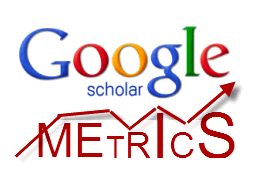

.png)
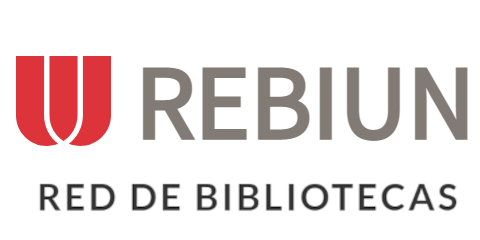







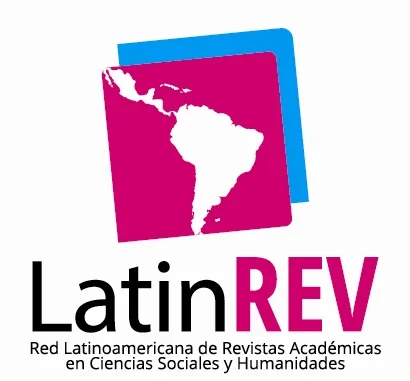

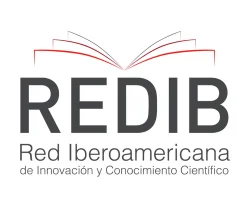


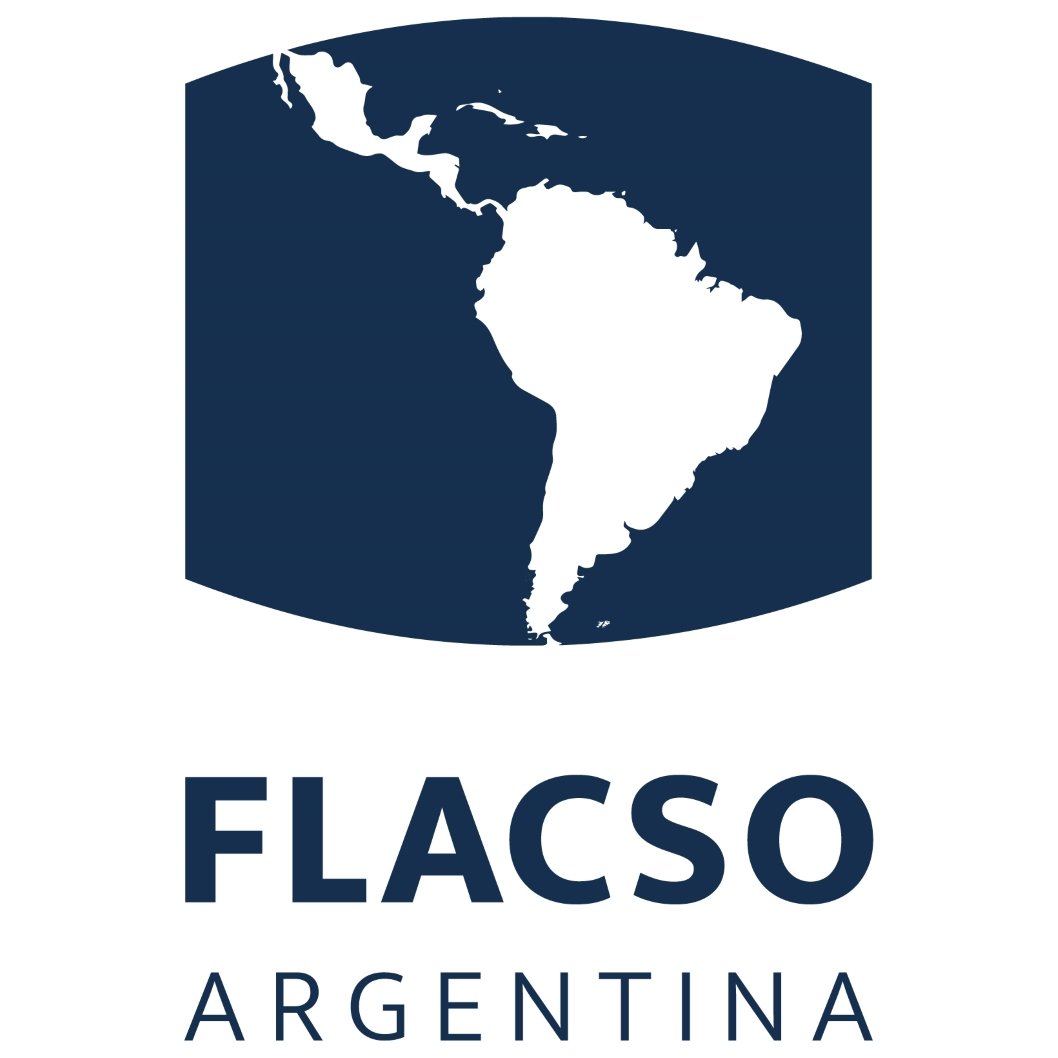
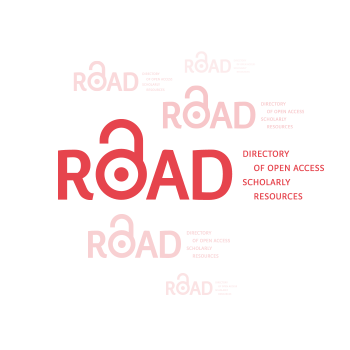





.png)
1.png)


